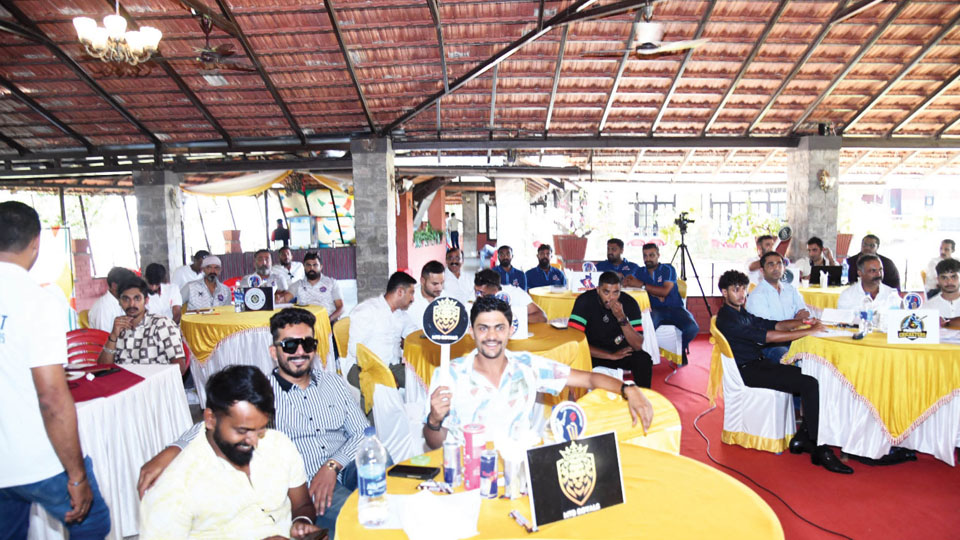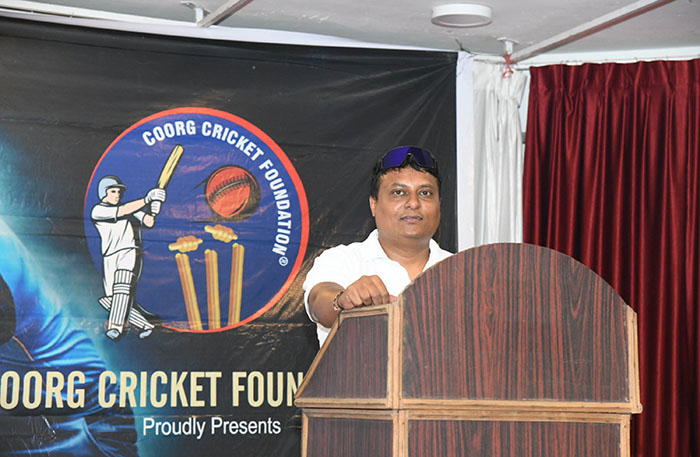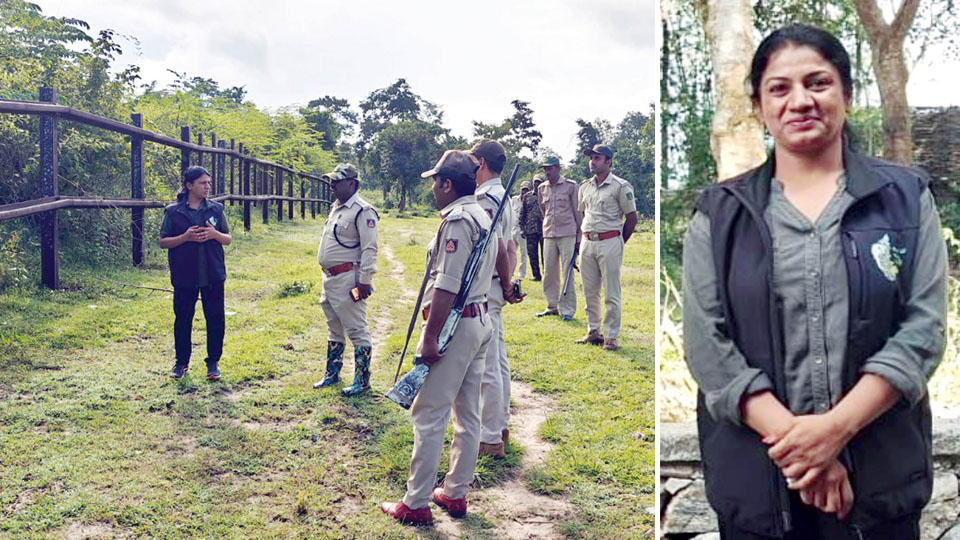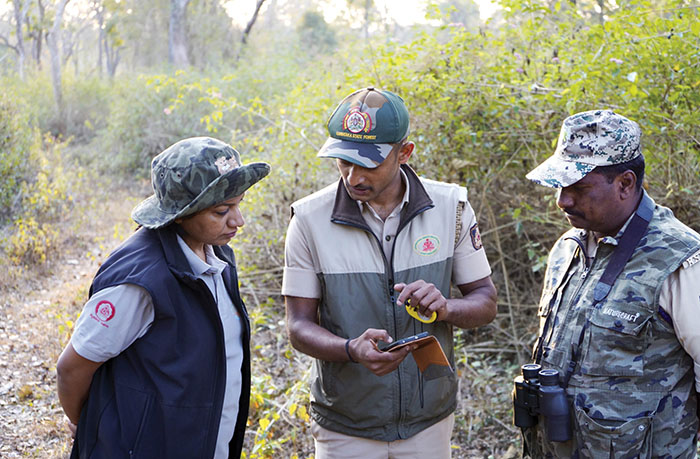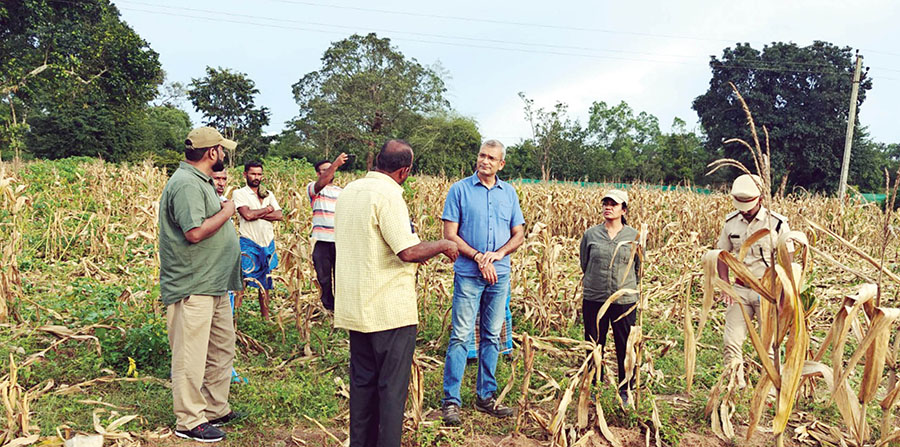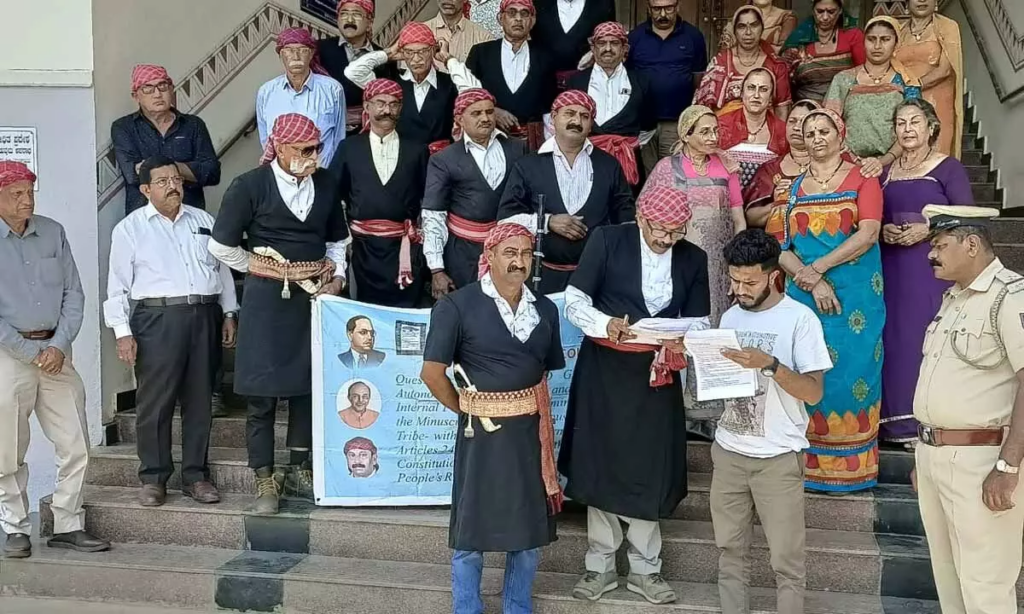He joined the INA at the age of 17. His active involvement in the freedom struggle led to his imprisonment for eight months in Rangoon Jail from May to December 1945, officials said.
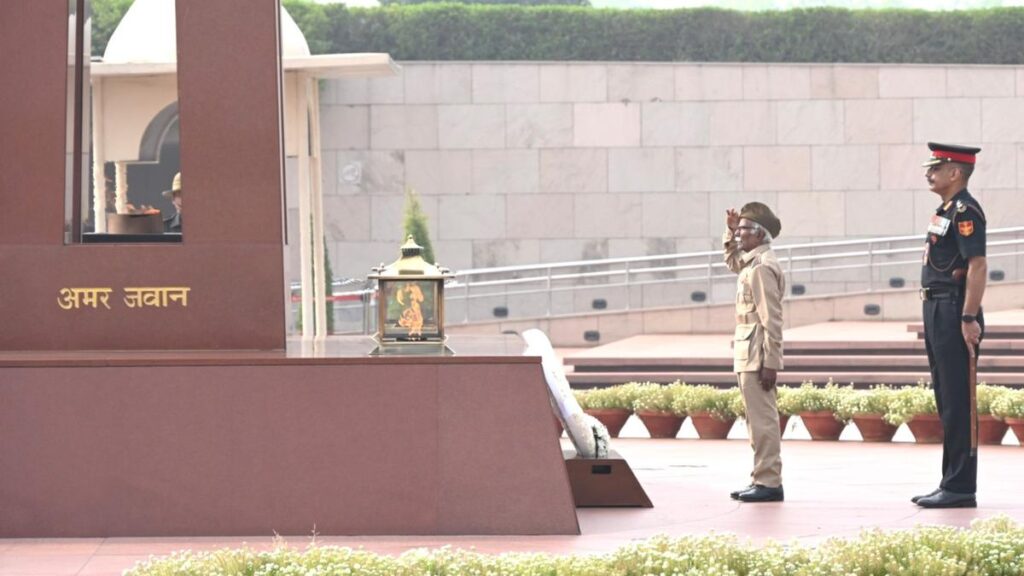
Indian National Army veteran R. Madhavan Pillai pays tribute at the National War Memorial at Kartavya Path in New Delhi on March 13, 2025. Photo: X/@adgpi
Lieutenant Rangaswamy Madhavan Pillai, a veteran of the Indian National Army (INA), celebrated his 99th birthday on Thursday (March 13, 2025) by laying wreaths at the National War Memorial and the statue of Netaji Subhas Chandra Bose on Kartavya Path.
The wreath-laying ceremony organised by the Army was attended by senior military personnel and the public. “Today’s wreath-laying ceremony not only honours the sacrifices of the brave men and women who fought for India’s freedom but also serves as a poignant reminder of the nation’s ongoing journey to break free from colonial legacies while upholding the spirit of their sacrifice,” an officer said.
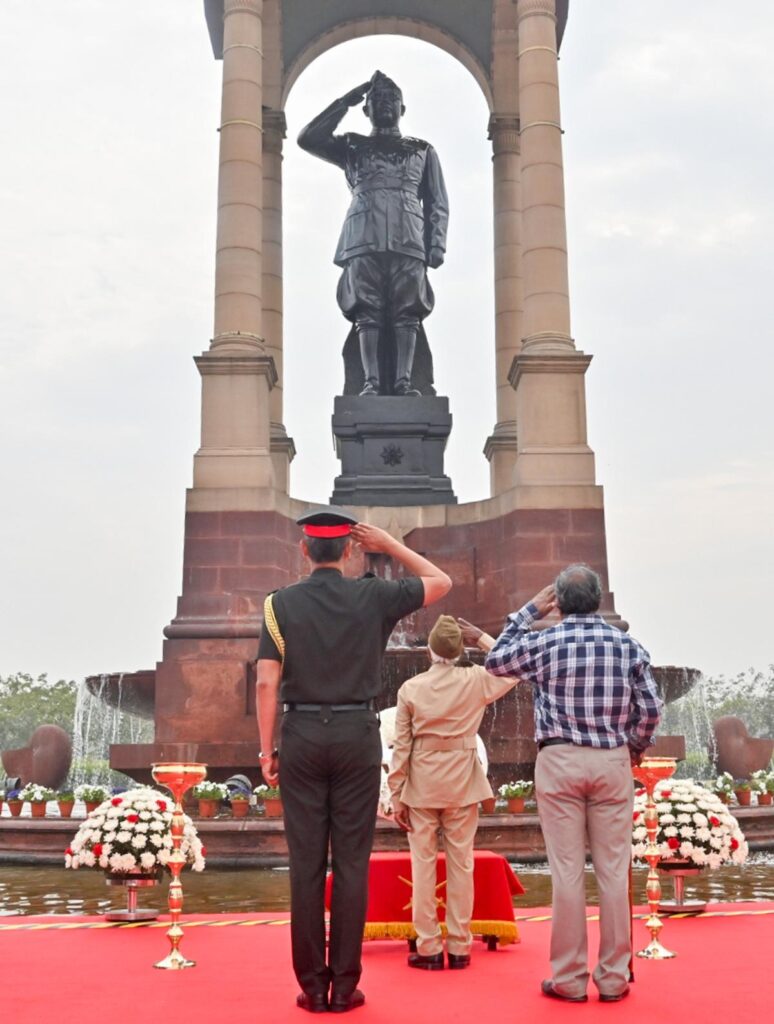
Indian National Army veteran R. Madhavan Pillai pays tribute at Netaji Subhas Chandra Bose’s statue at Kartavya Path in New Delhi on March 13, 2025. | Photo Credit: ANI
Lt. Pillai was born on March 13, 1926, in the Swryan township of Rangoon district in Burma (now Myanmar). His father hailed from the Sivaganga region in Tamil Nadu. He joined the Indian Independence League as a civilian in 1942 under Rash Behari Bose. When Netaji arrived in Singapore, Lt. Pillai formally enlisted in the INA, also known as the Azad Hind Fauj, on November 1, 1943, at the age of 17.
After receiving his commission from the Officers Training School in Burma, he served as a recruitment and fundraising officer, according Army officials.
Serving as a recruiting officer and fundraiser, he mobilised support for the INA across 32 locations in Burma, including Hanthawaddy, Sawbwagale, Ywadanshe, Swryan, Yangon, and Mayongone. His active involvement in the freedom struggle led to his imprisonment for eight months in Rangoon Jail from May to December 1945, officials said.
Later, he served in the administrative branch at the INA headquarters in Rangoon under Major General K. P. Thimayya (elder brother of former Army chief General K.S. Thimayya). He was officially recognised as a freedom fighter by the Government of India on August 1, 1980.
On January 23, 2024, Prime Minister Narendra Modi felicitated him on the occasion of Parakram Diwas at the Red Fort.
The Azad Hind Fauj was formed by Mohan Singh in 1942 and later revived by Netaji on October 21, 1943. United by the war cry “Chalo Delhi,” the INA aimed to secure India’s complete independence from British rule.
Several volunteers, soldiers, and overseas Indians — from regions as far as Malaya and Burma — joined the force. Lt Pillai’s life story embodies the courage and unity that defined the INA, another officer added.
In 2021, on the 125th birth anniversary of Netaji, Lt. Pillai was awarded a silver medal for his role in the INA and India’s Independence movement.
source: http://www.thehindu.com / The Hindu / Home> News> India / by The Hindu Bureau / March 14th, 2025

